Updated 7/22/2021
Looking for the best gun safe for your budget? We've got you covered with these five rock-solid options.
What Are The Best Gun Safe Choices:
We humans have it bad when it comes to assessing risk. It’s why we tie ourselves in knots over a relatively safe endeavor such as a commercial flight and never break a sweat over a relatively risky one like driving.
Gun owners aren’t immune, either. We'll wring our hands over an inconsequential menace, perhaps a grubby bore, while at the same tick never spend a second thought on a truly cataphoric threat to our guns, say fire and theft. Hate to break it to you, but both dangle over each and every collection like the sword of Damocles no matter where you live, your economic status or how careful you are smoking in bed.
Safeguarding your investment is simple and comes down to two words — gun safe. Of course, the thought of perusing the gun safe market to some holds the same thrill prospects as comparing insurance plans. But for serious shooters and diehard gun collectors, it's a labor of love well worth the time. But the question begs asking, who makes the best gun safe?
Dying to give you the answer, we collected the five top gun safes on the market today. These aren't the simple gun lockers or vehicle safes that crowd the market. Instead, they are the whole-hog editions — options that are more than satisfactory at thwarting fire and felon alike, hit almost every price point and most importantly will keep your guns safe for a lifetime and beyond.
Liberty Colonial
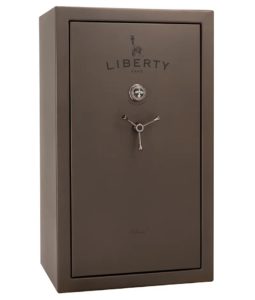
Perhaps the best gun safe when it comes to providing security at an economical price, the Colonial offers plenty for relatively little. Stripped down to the bones the line’s smallest model (25-gun capacity) starts at $1,849, and offers all of the important aspects that should top a shooter’s shopping list. The body is constructed of 12-gauge steel, it meets U.L. RSC-8M10 specifications and promises 75 minutes of fire protection against a 1,200-degree Fahrenheit fire. Both of these are a hair below the recommended 10-gauge steel and 1-hour at 1,300 degrees, but not far enough to make it a dealbreaker. The Colonial includes a backlit electronic lock for rapid access, eight locking bars, 3-spoke SureTight handle and fully upholstered interior. Additionally, as is the case with nearly every Liberty safe, the Colonial is fully customizable to whatever you desire and can afford.
Fort Knox Protector
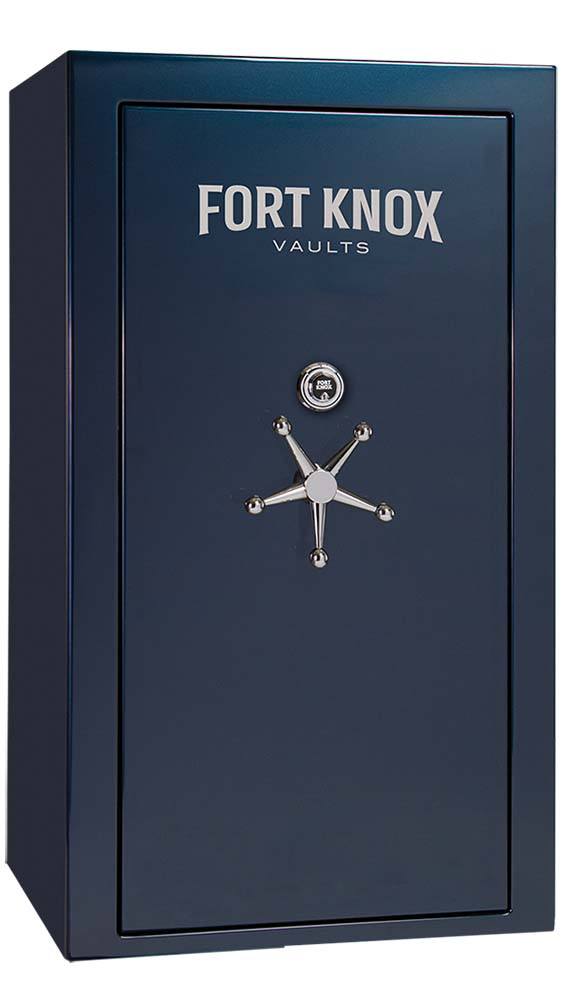
Better known for their top-end models, Fort Knox produces top-notch gun safes in the mid-budget range. Given its rugged construction, the Protector more than lives up to its name and offers security far exceeding nearly anything in its class. A body built with rugged 7-gauge steel and ½-inch steel door, the gun safe is nearly impervious to the majority of attacks it will likely face. Additionally, Fort Knox has gone above and beyond in creating an excellent fireproof gun safe, rating the Protector impervious to a 1,680-degree external temperature for 90-minutes. If that’s not enough to sell you on it being the best gun safe for your money, a door organizer comes standard. Available in seven sizes from 40”x26”x20” to 72”x61”x27” and endless interior configurations, the protector can suit any gun owner’s collection. Starting at $2,625, the Protector ends up being money well spent.
AMSEC BF Series
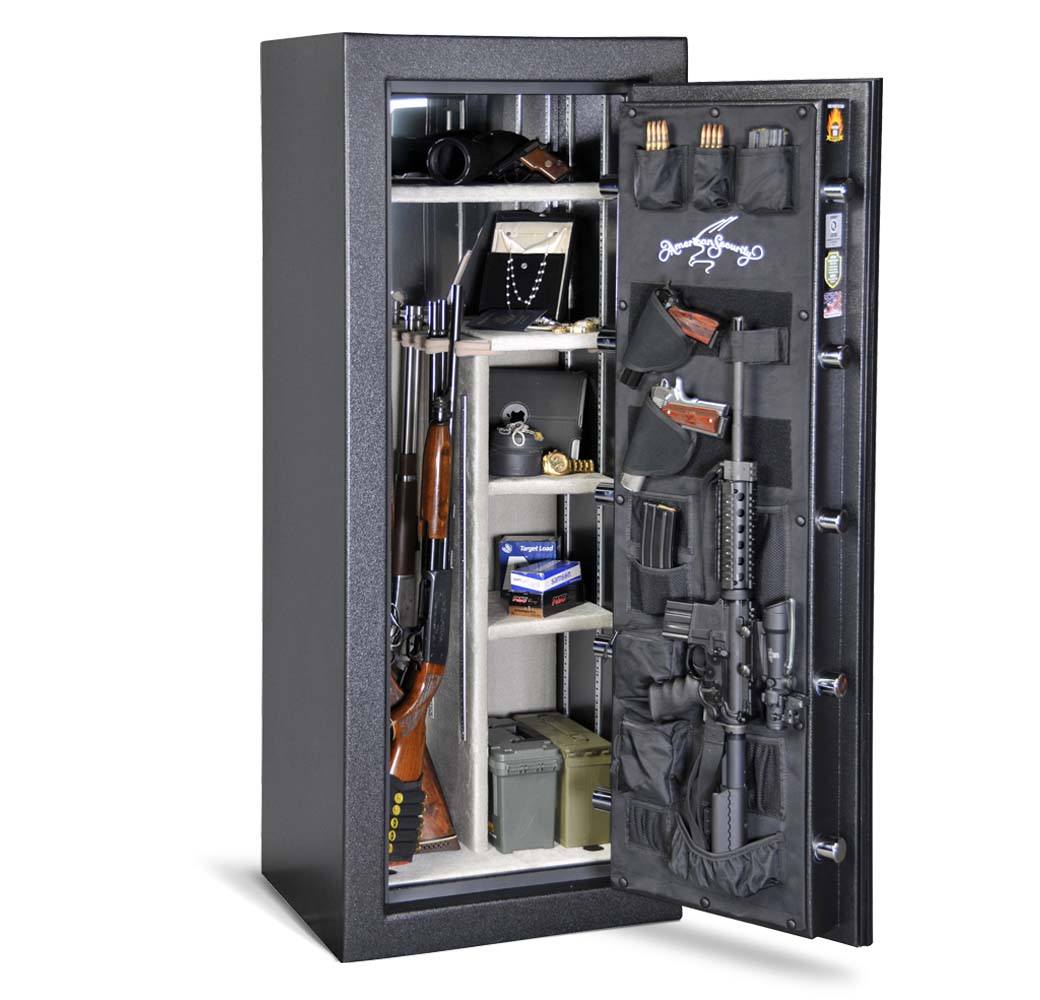
If you have serious guns in your collection that require serious protection, the BF Series provides it lock, stock and barrel. Slipping into the high-end price range, American Security's legendary BF line is worth every cold nickel, given flame nor felon will touch your firearms. Just short of hardened bunkers, most models boast a ½-inch plate steel door and a total of ¼-inch of steel in the body construction. DryLight fill provides 2-hours of protection to a 1,200-degree external temperature while maintaining the safe’s relatively lightweight. Where the BF series shines is its highly flexible interior, which is configurable to fit nearly any gun collection. The door storage alone holds two long guns, along with an assortment of pistols. The series comes with five lock options (three combination and two electronic), an AC power outlet, mirrored interior back to improve visibility and pre-cut anchor holes. Starting in the $4,000 neighborhood, the BF series is a great value for its level of protection.
Secure More Gun Safe Knowledge:
- Complete Gun Safe Buying Guide
- 4 Best Hidden Gun Safe Manufacturers
- 4 Top Handgun Safe Choices For Security And Access
- Why You Need A Vehicle Gun Safe
Browning Pinnacle
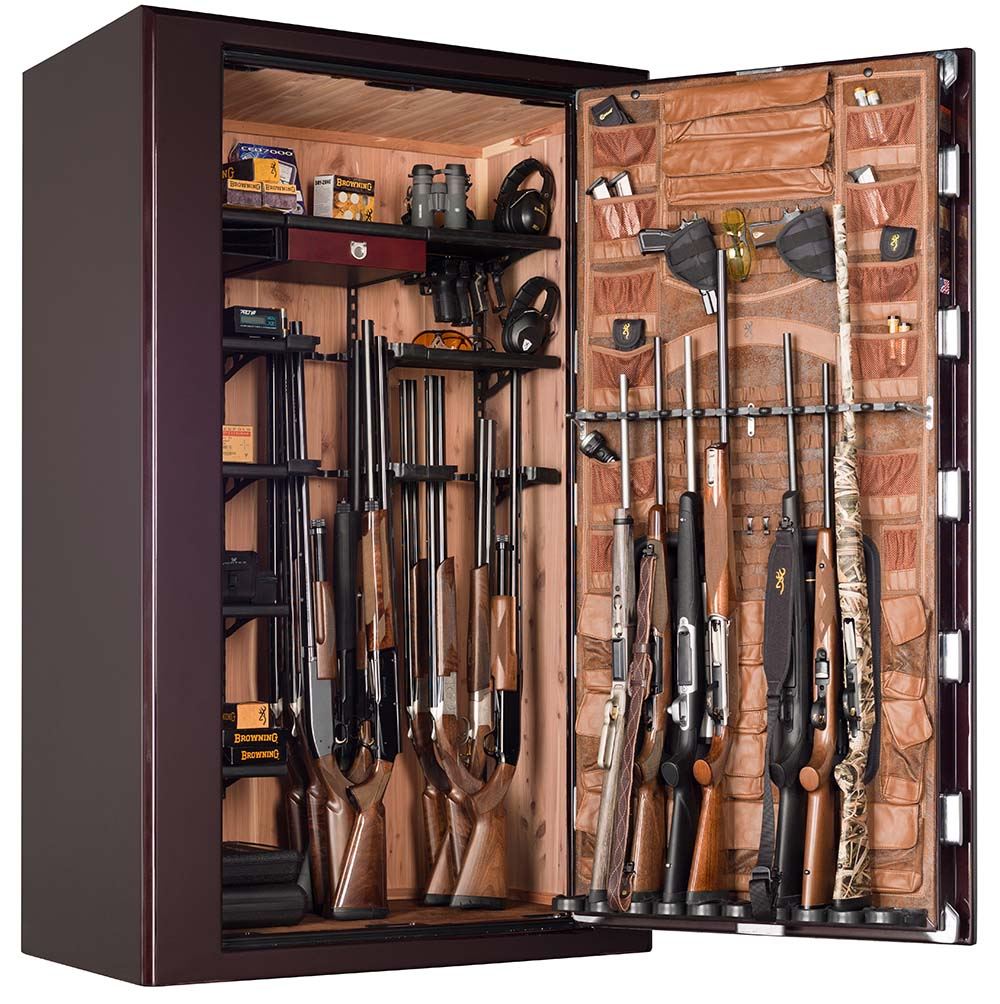
Browning is, of course, better known for their firearms, but the Utah company makes bang-up gun vaults as well. The Pinnacle line is at the top of the heap. For guarding a large firearms collection it might be the best gun safe out there. The smallest member of the Pro Series safes (Pinnacle 49) has a whopping 43 cubic feet of space, enough to lock up 49 guns. For the truly large arsenals, there is a 65-gun model. Browning hasn’t traded quality for capacity either, building the Pinnacle’s body from 7-gauge steel, outfitting it with 1 5/16-inch duo-formed door and eight active bolts. It's rated to endure external temperatures up to 1,750-degrees Fahrenheit for two hours. Now that's a fireproof gun safe! Furthermore, Browning has paid attention to the little touches with a highly-configurable interior, Grade VI Cedar paneling and simulated worn leather. However, this level of protection and luxury doesn’t come cheap, with the base model of the smallest Pinnacle running $7,299.
Graffunder Fortress
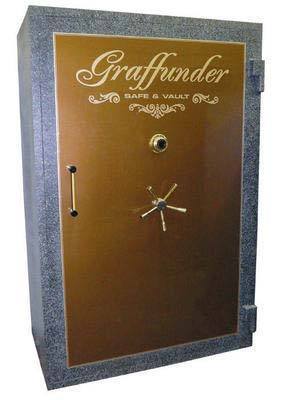
Perhaps your tastes run into the rare and expensive when it comes to firearms. Or guns (the priceless kind) are your bread and butter. When it comes to protecting this level of investment only the best gun safe will do. That means Graffunder. The name might be funny, but their produces are dead serious — the gold standard being the Fortress line. The Fortress' body is constructed of 2 ½-inches of total steel, 1-inch of A36 high-tensile on the outer shell and 14- and 16-gauge interior plates. Sandwiched in between is high-density cement-based composite material that thwarts fire damage for 1-hour in temperatures as high as 1,750-degrees Fahrenheit. And the door is no slouch, 1 1/2-inch of solid steel plate. Additionally, Graffunder's Fortress line boasts some of the most advanced anti-theft countermeasures available today. Ball-bearing anti-drill barriers, fully recessed door, hardened hinge pins and stainless steel locking bolts will have the savviest burglar pulling his hair out by the roots. Toss in Graffunder will custom build to your specs (including every gun safe accessory imaginable) and you’ve got a system that delivers peace of mind, albeit at a price. These 3,000-plus pound beasts start at around $11,400 and only go up from there.
Did we lock up the gun safe picks? Or did we leave the door wide open? What's the best gun safe in your book? Tell us about it in the comments below.

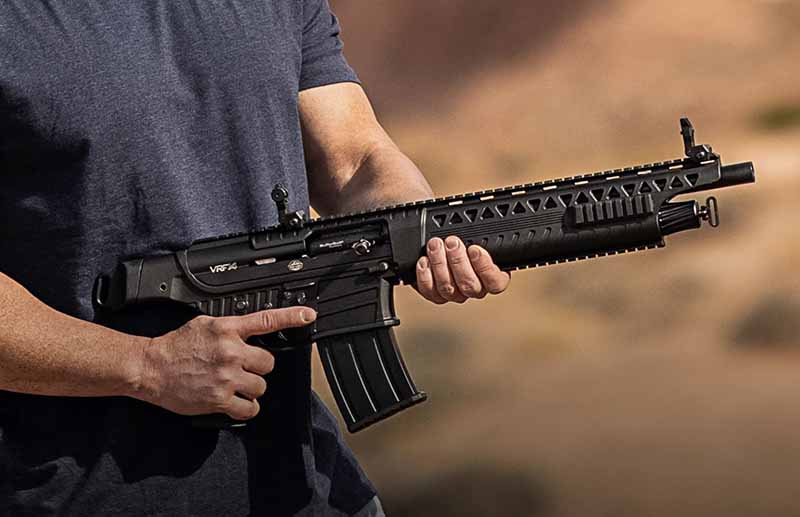
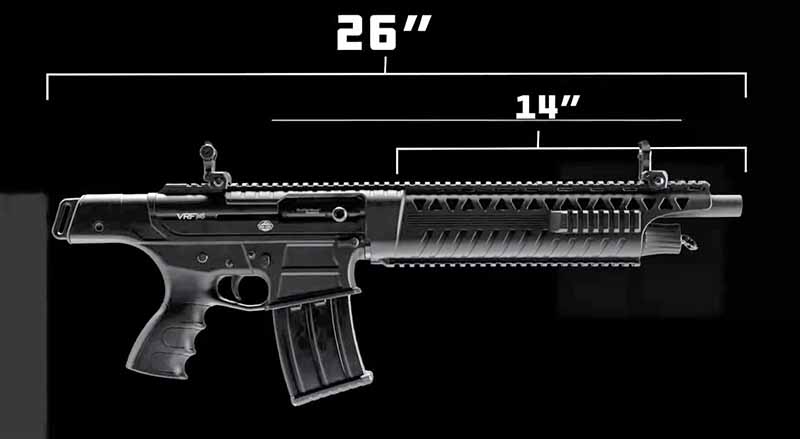
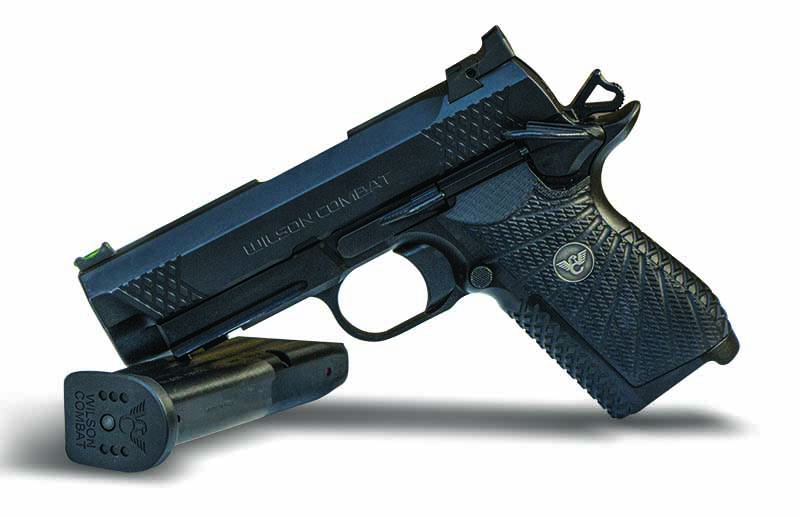
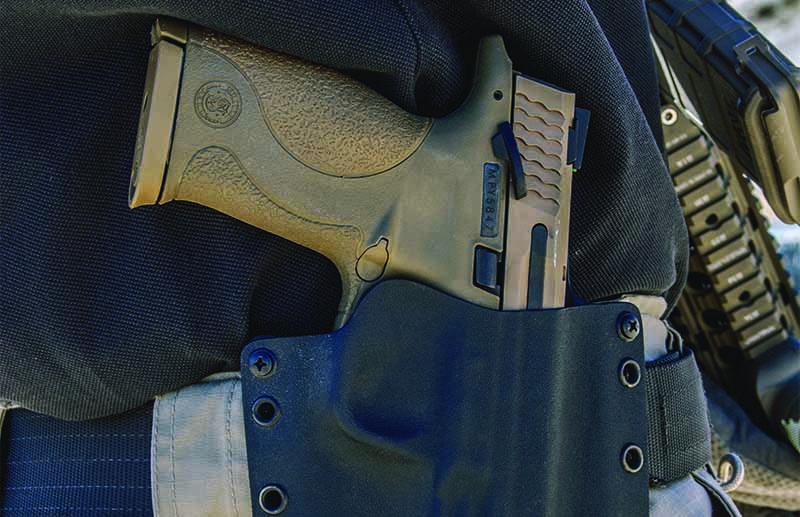
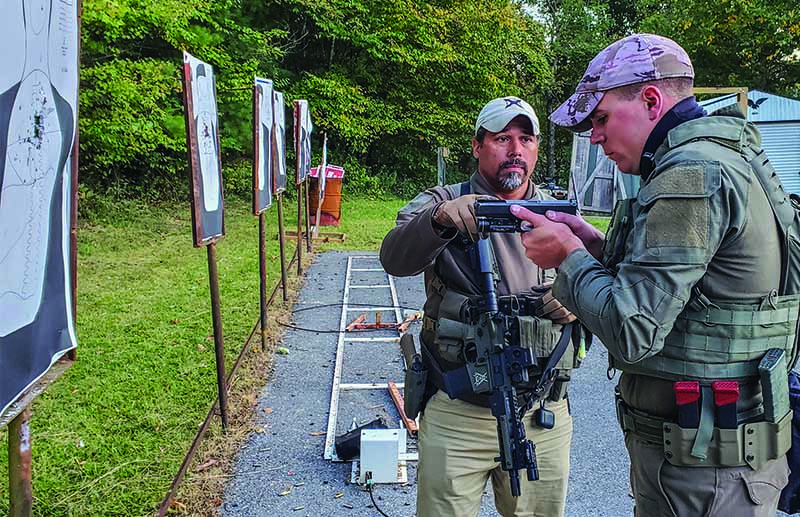
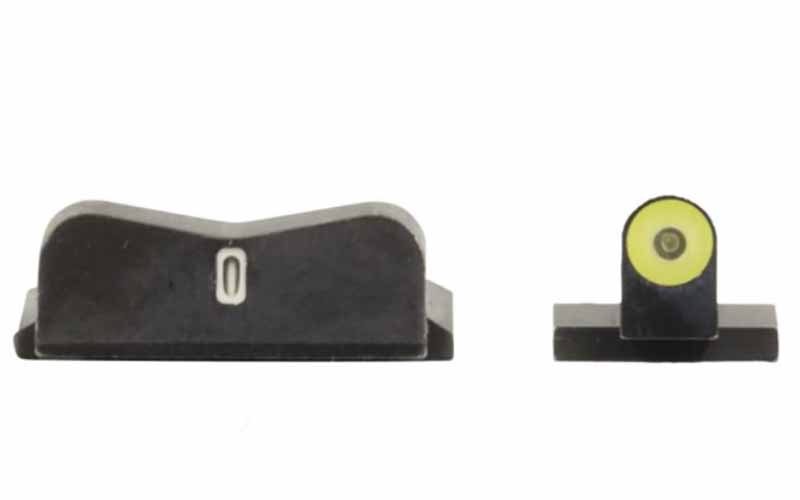
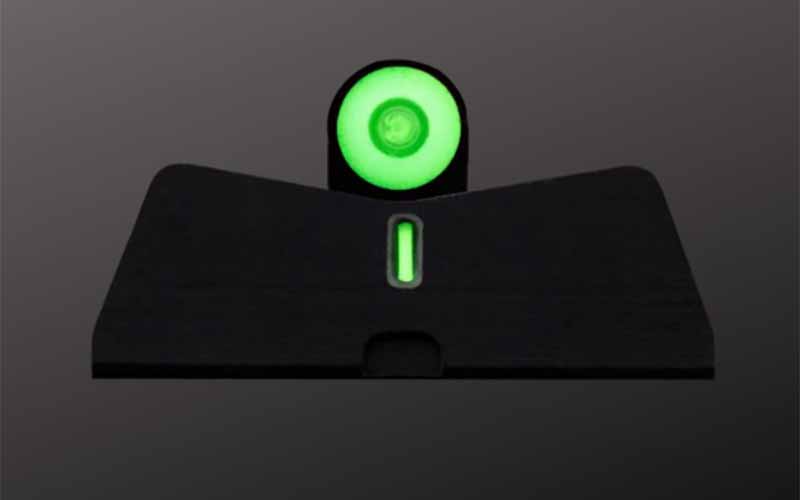

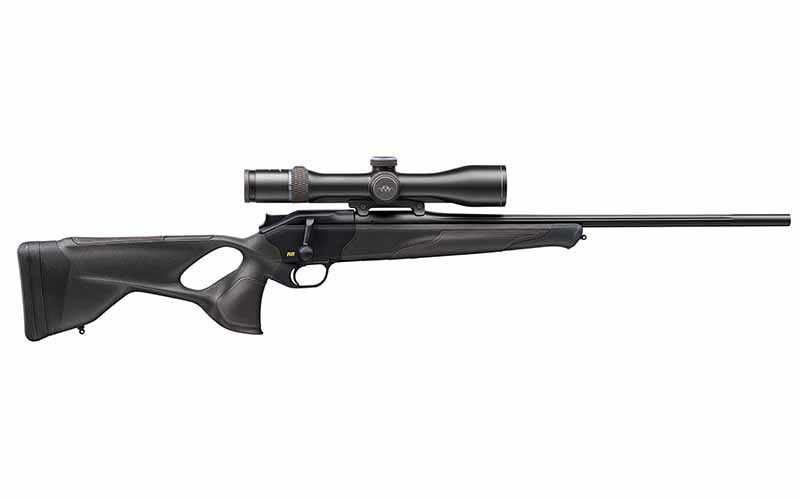

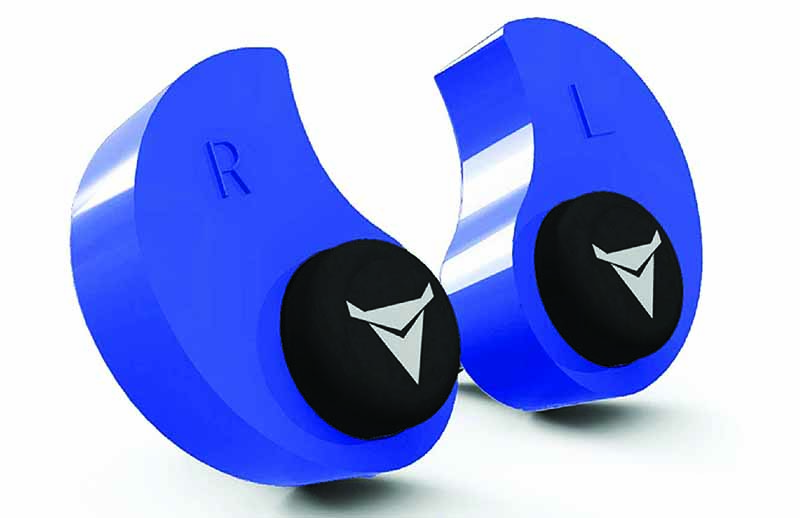
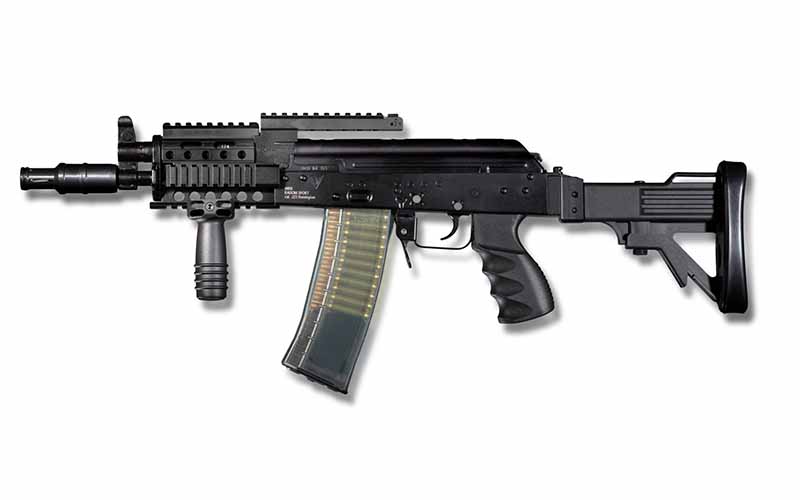
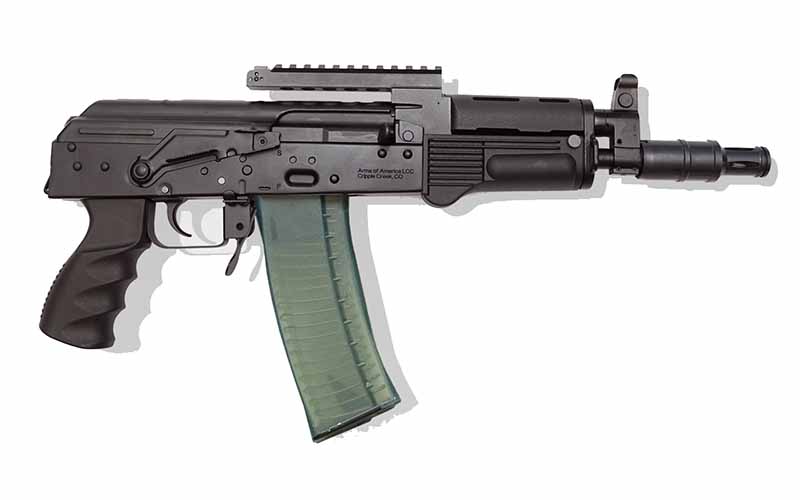
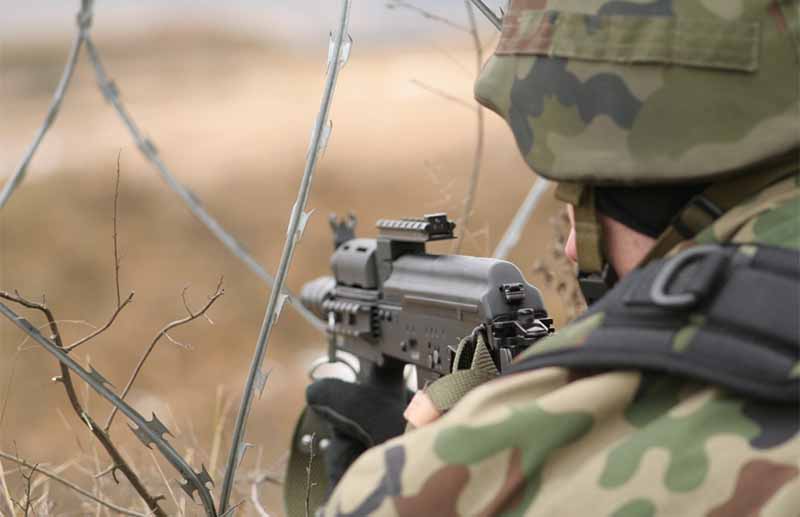
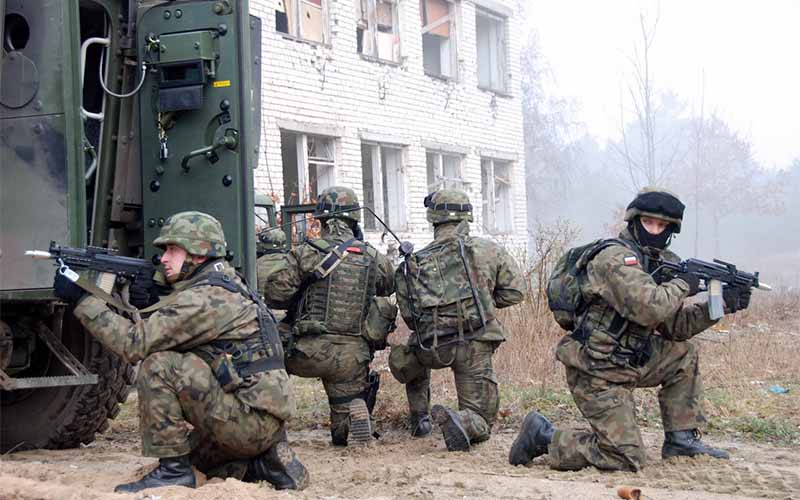
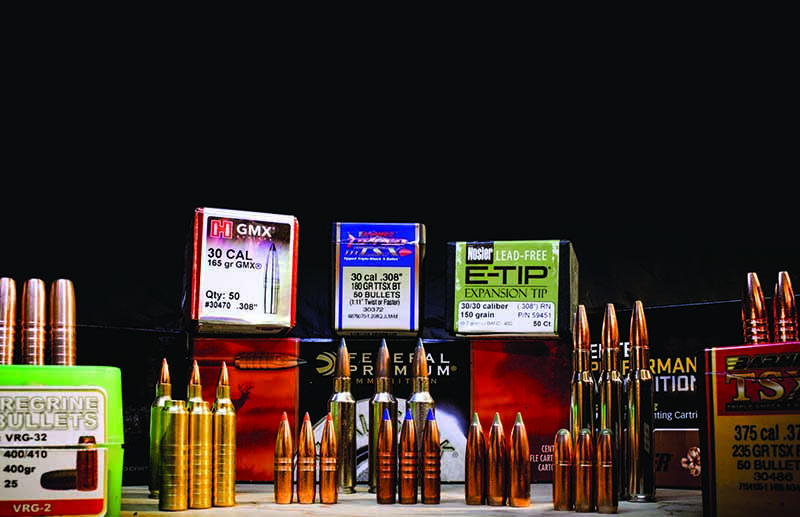
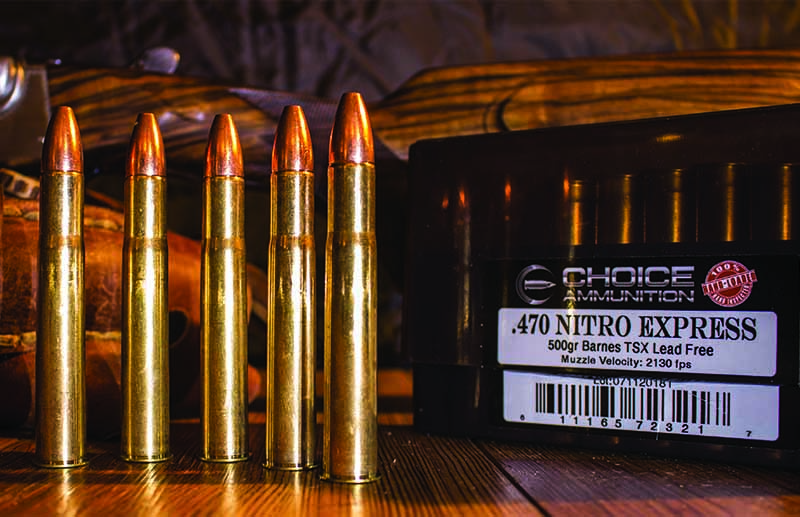
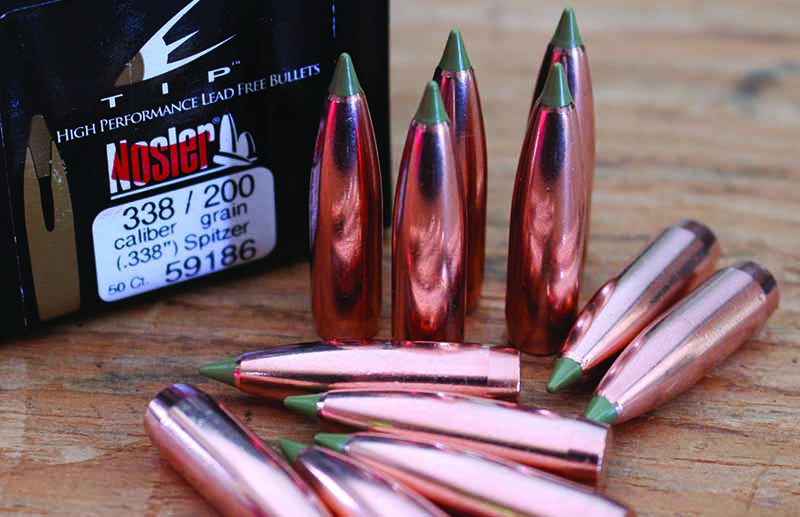
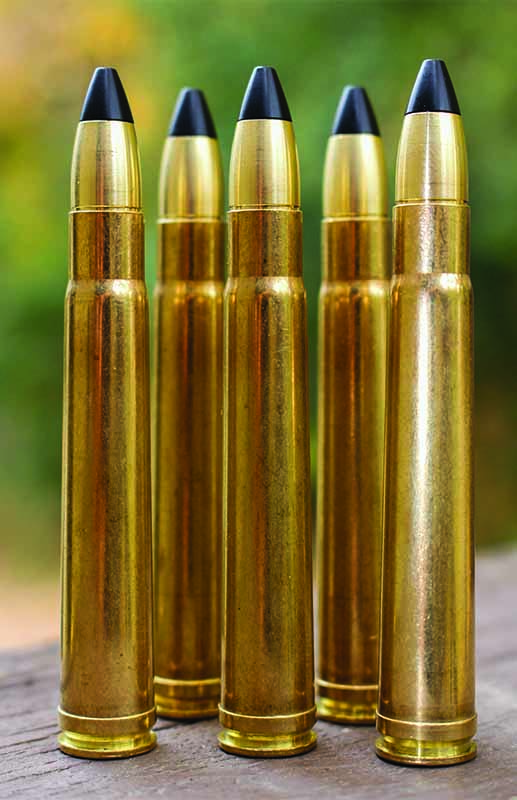
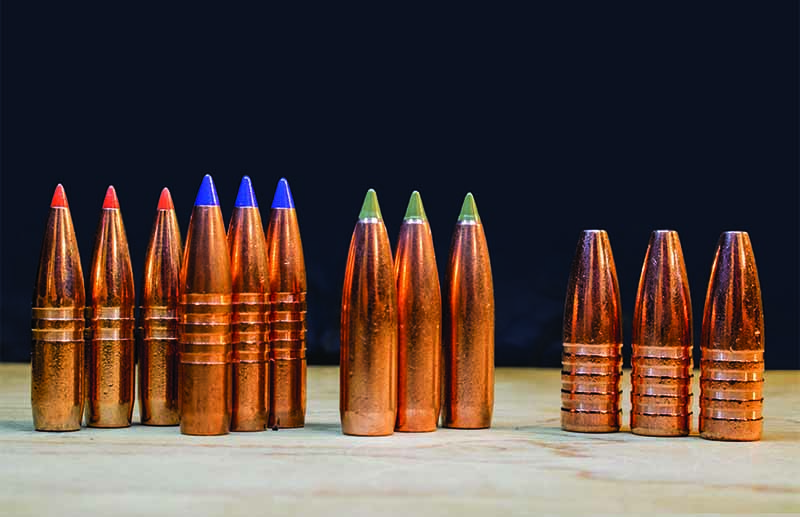
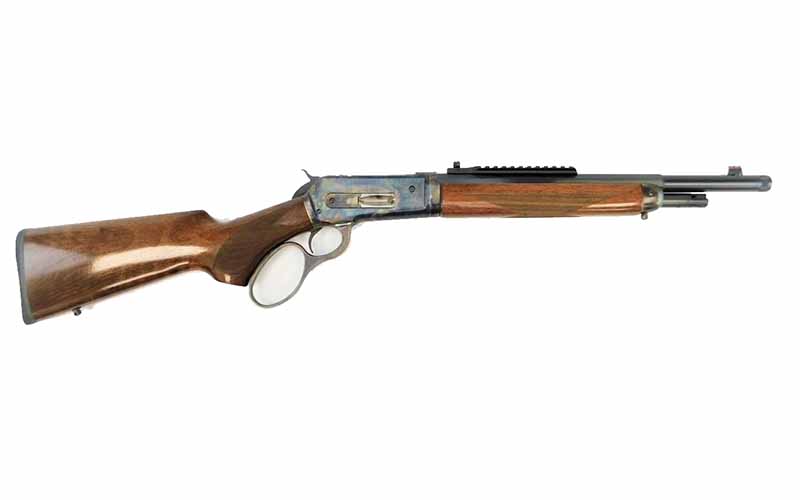
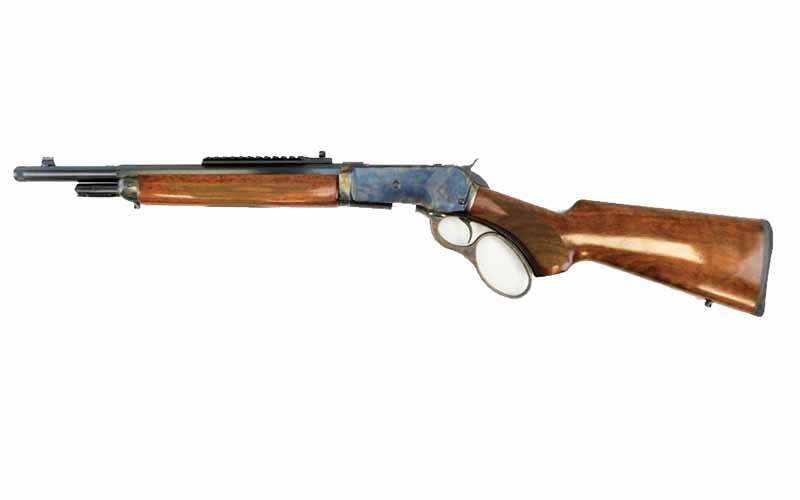
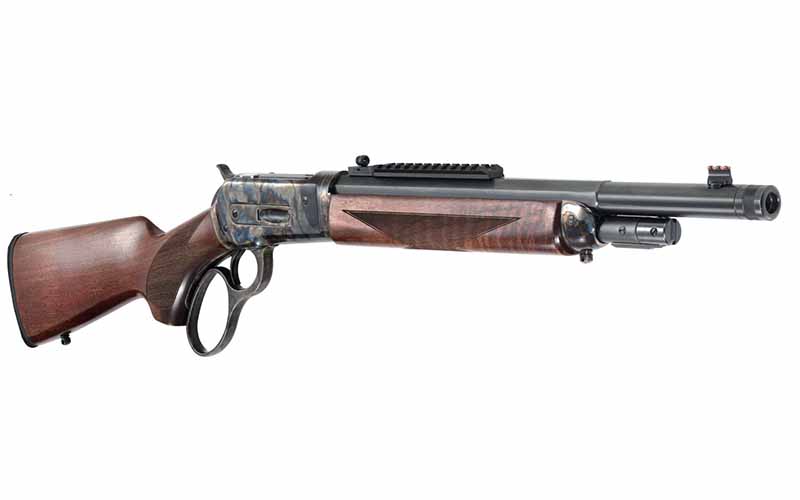
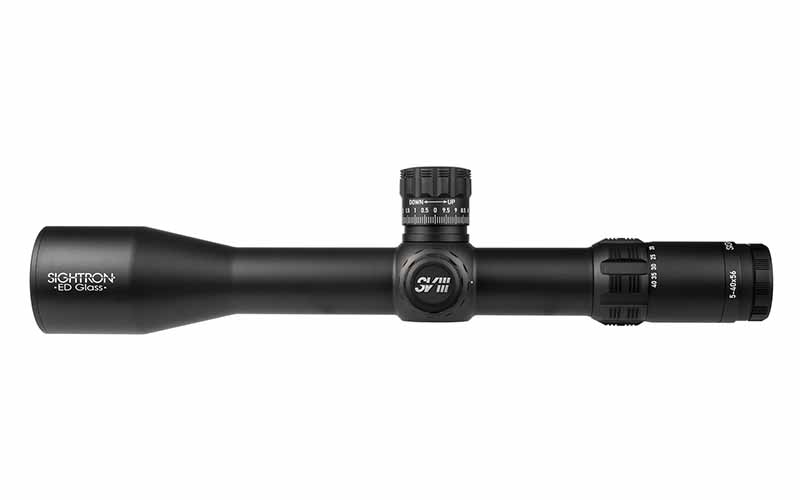
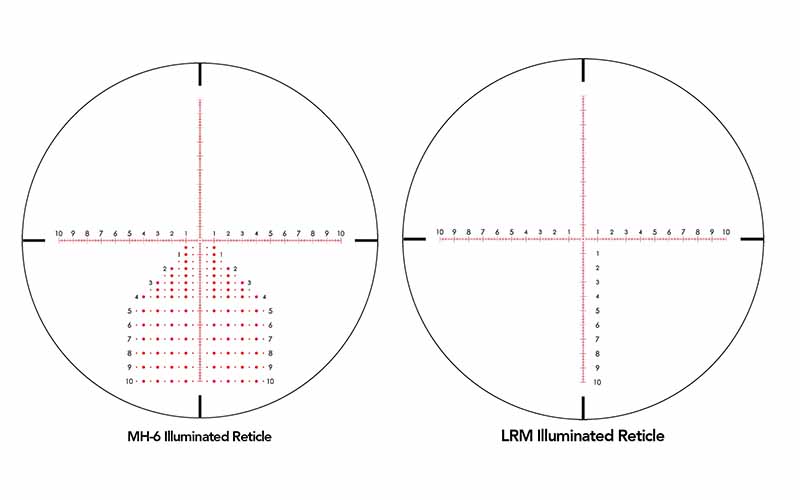
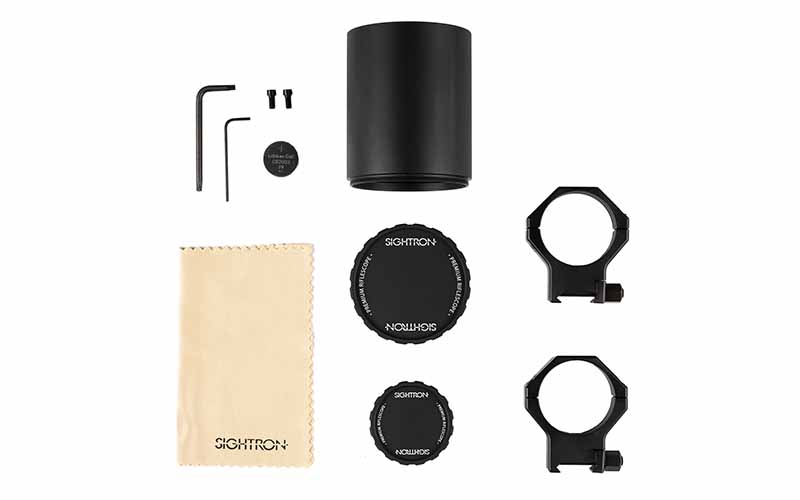
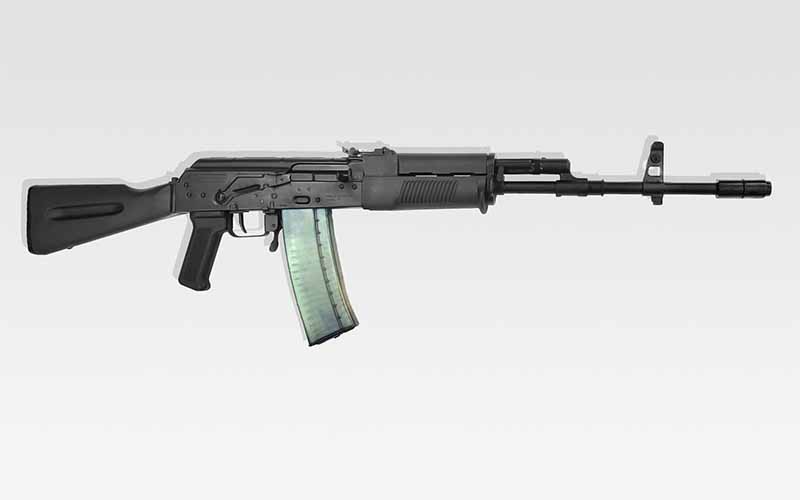

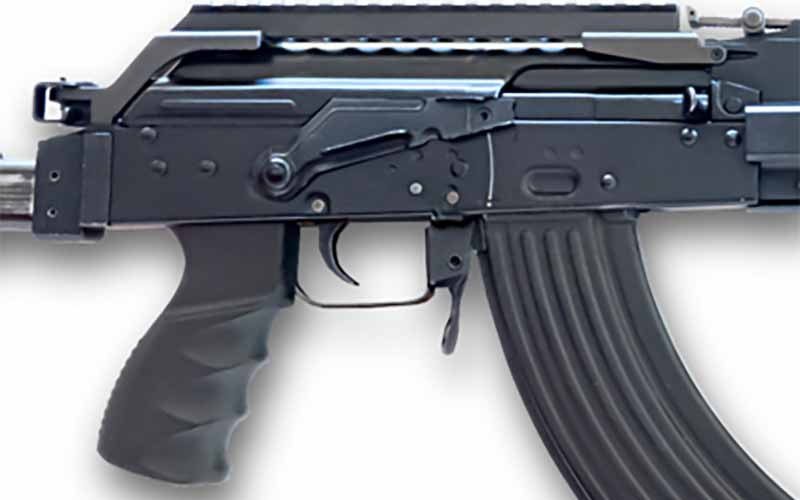
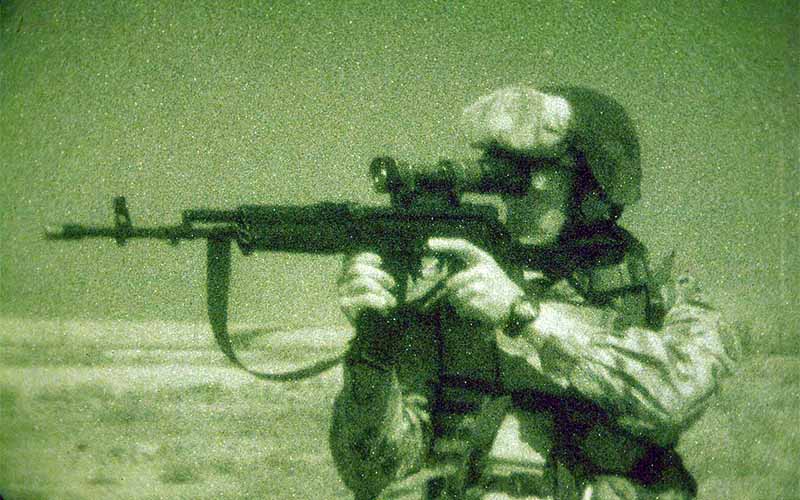
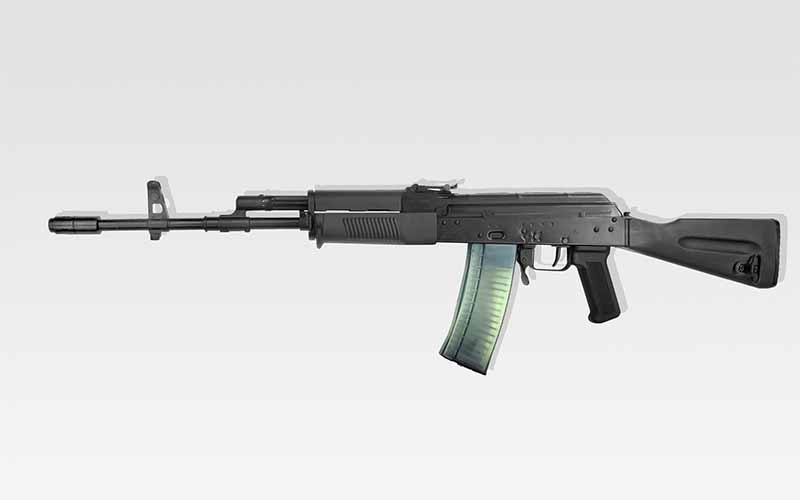
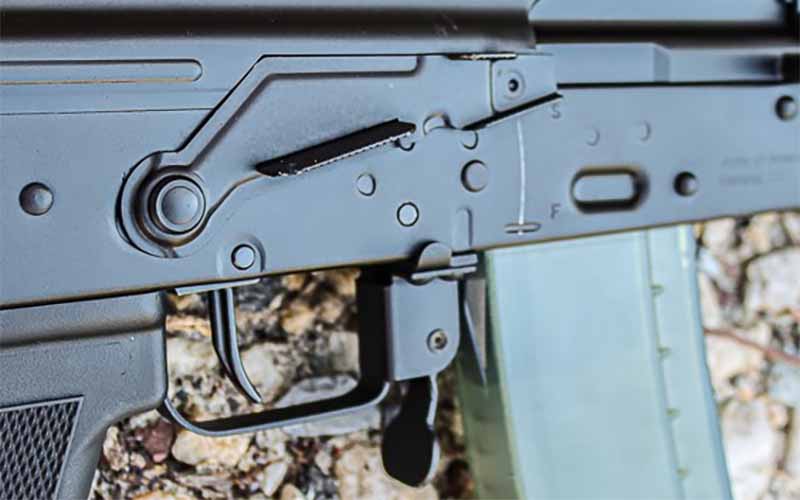
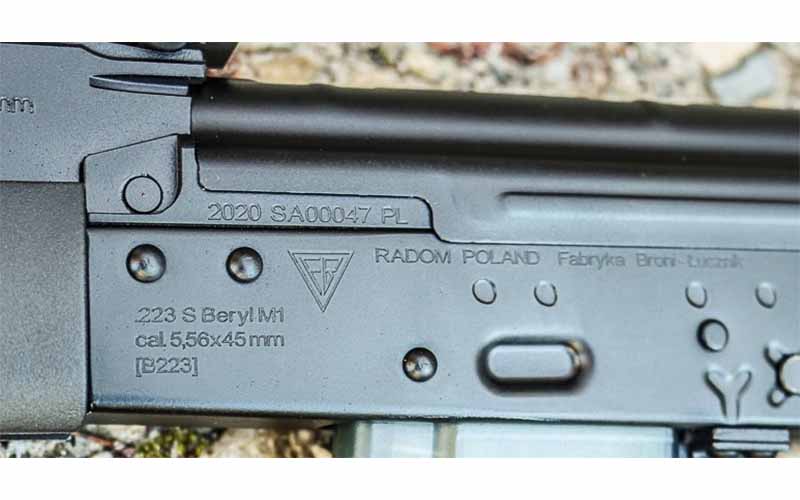
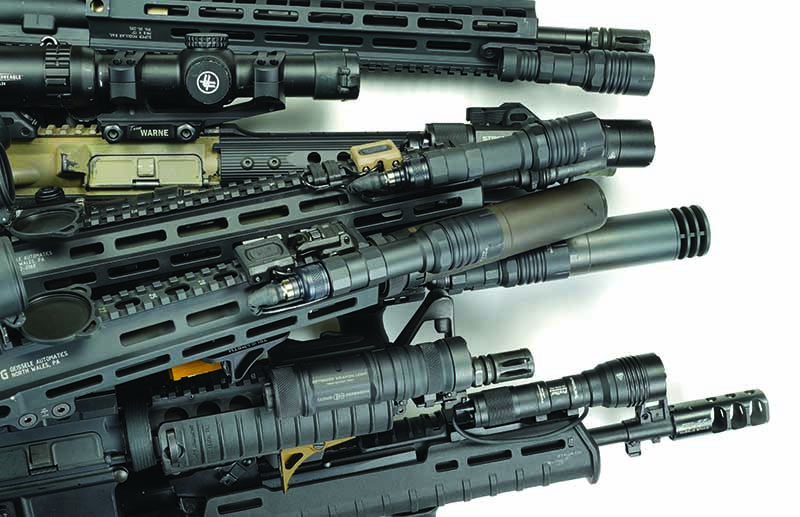
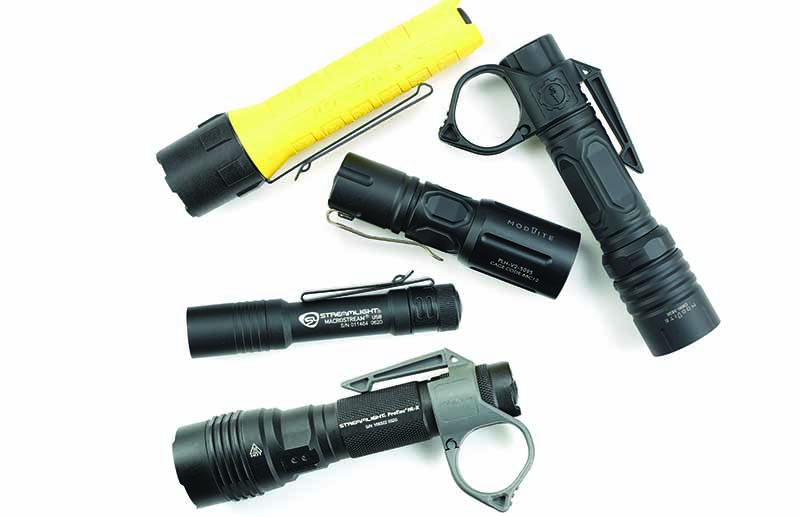
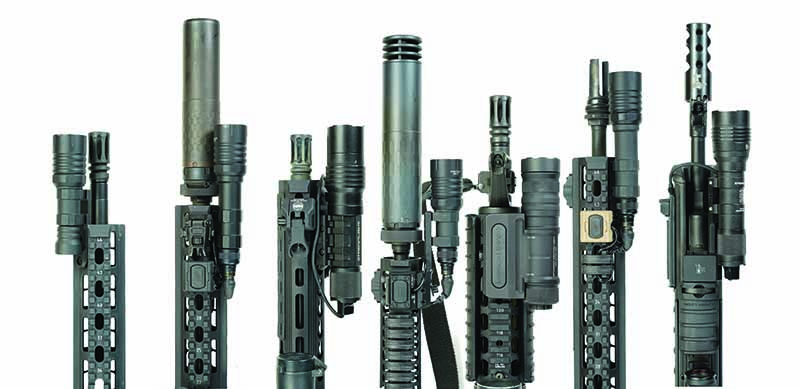
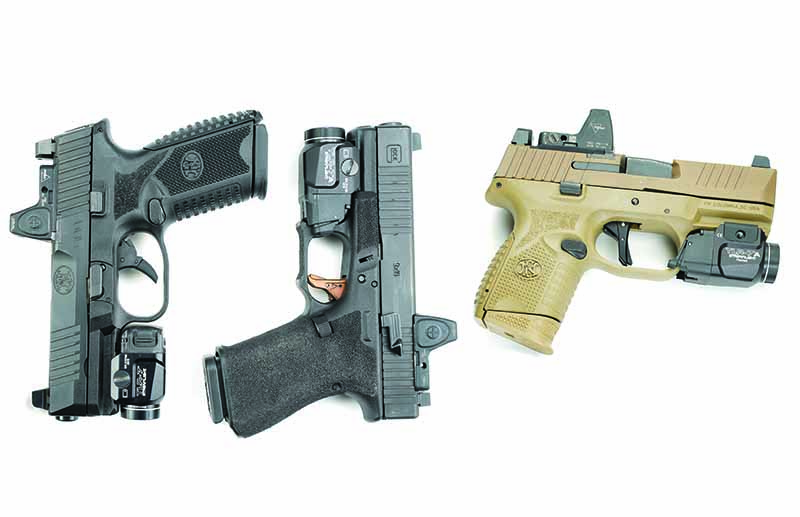
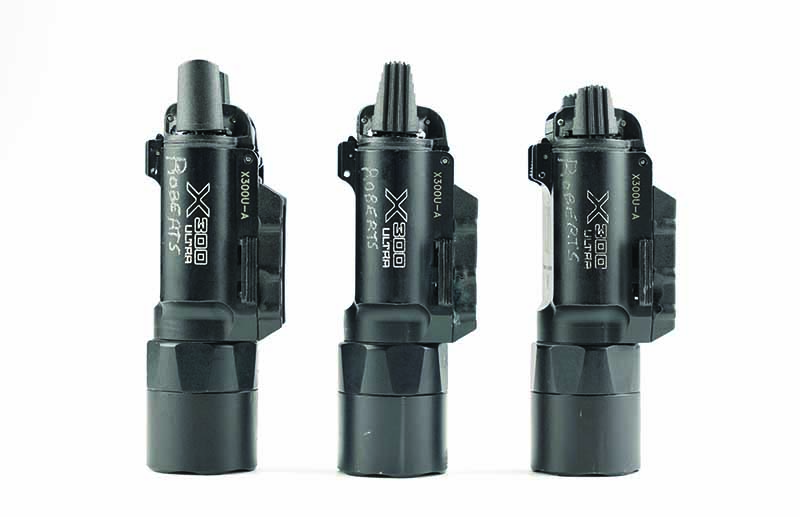
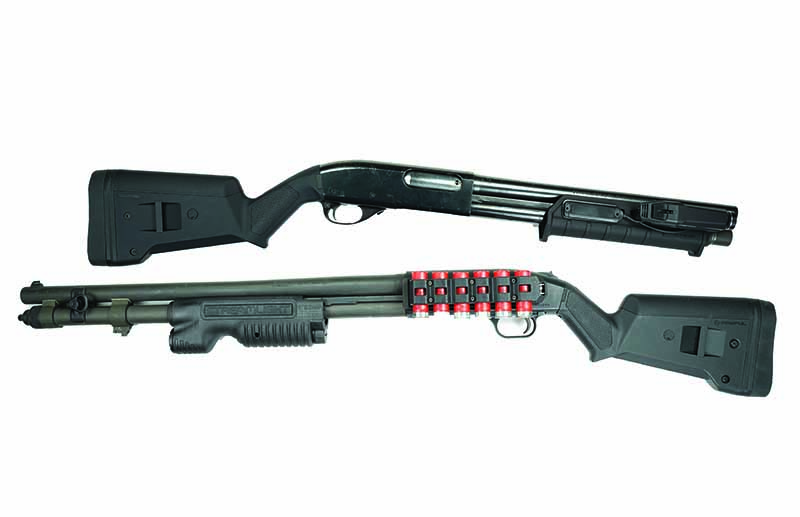
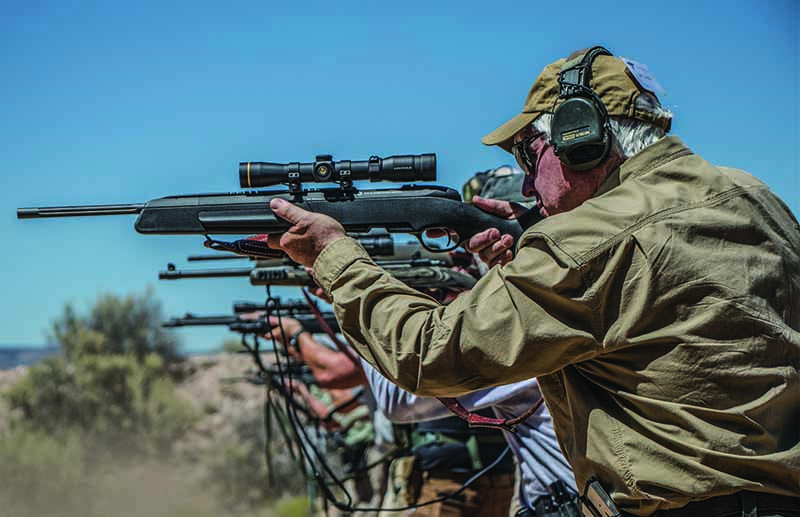
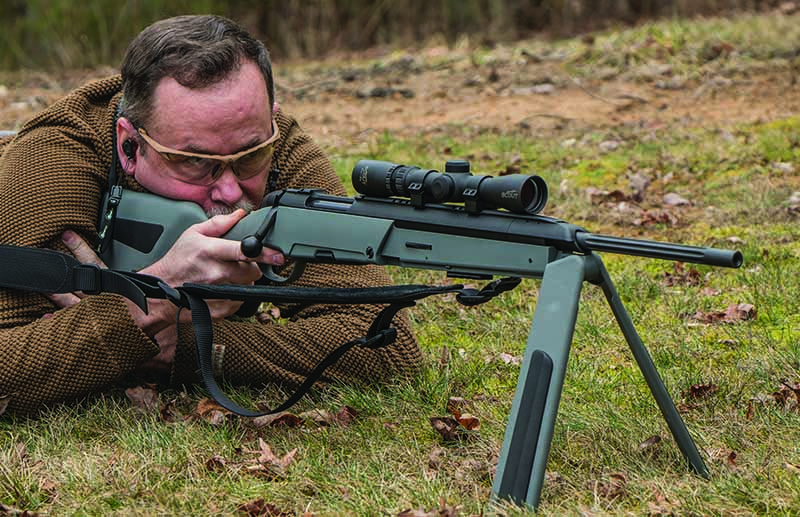
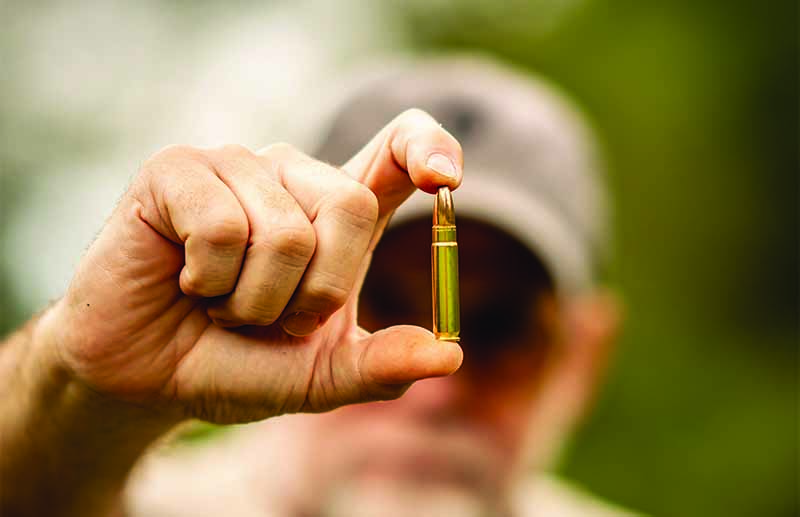
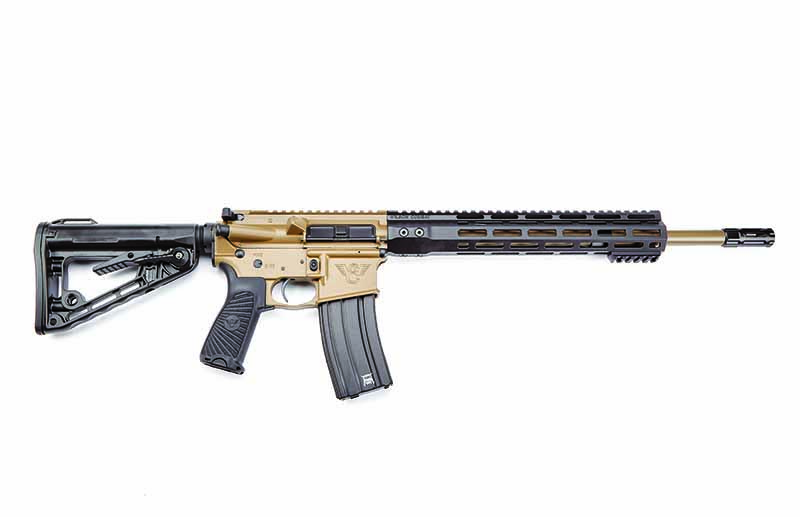


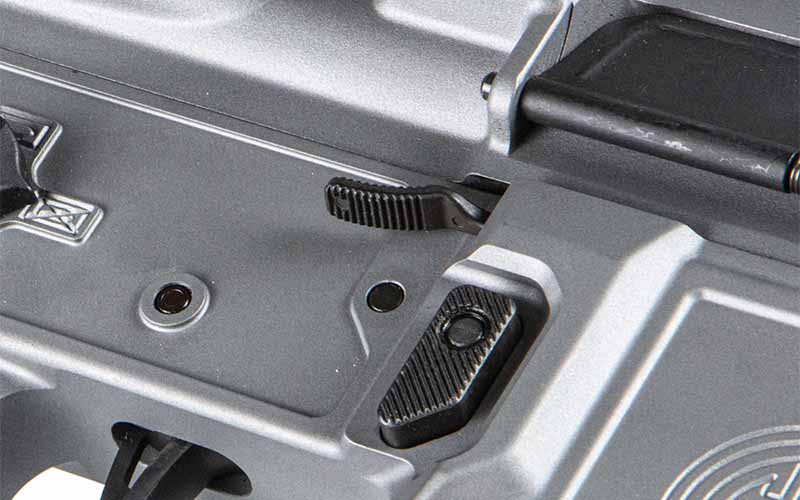
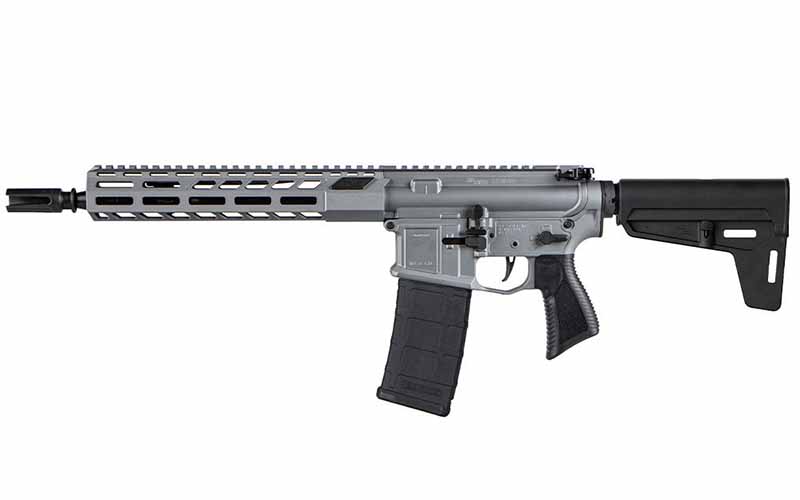

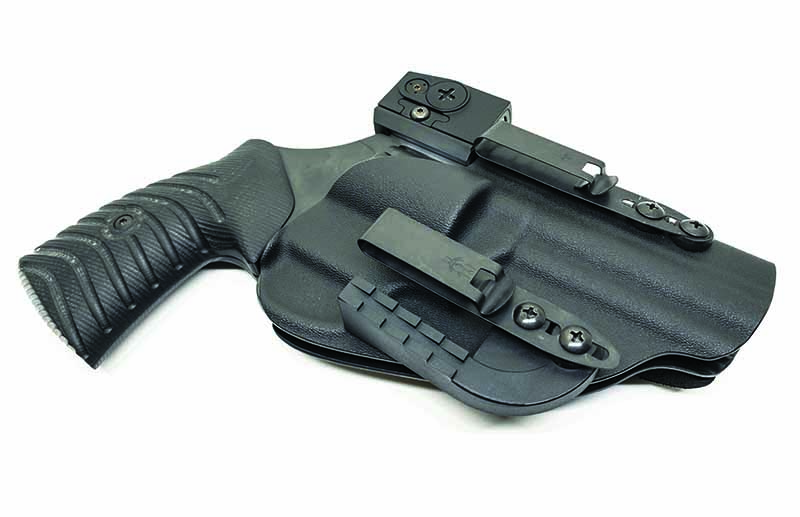
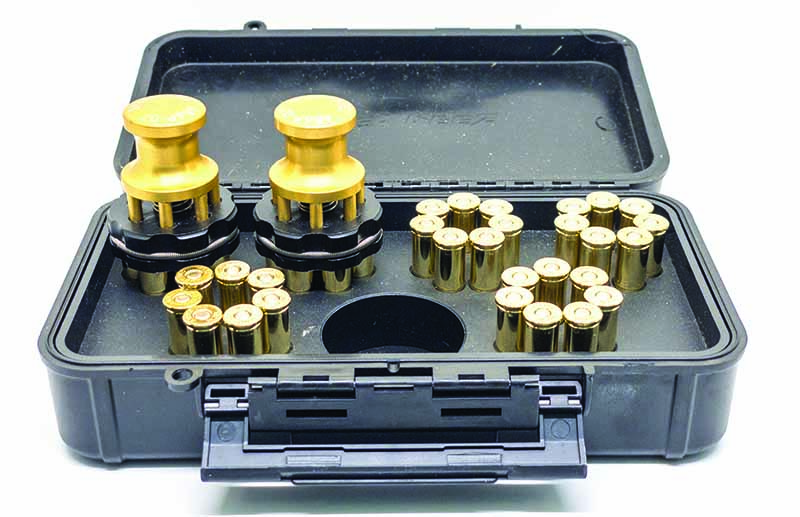
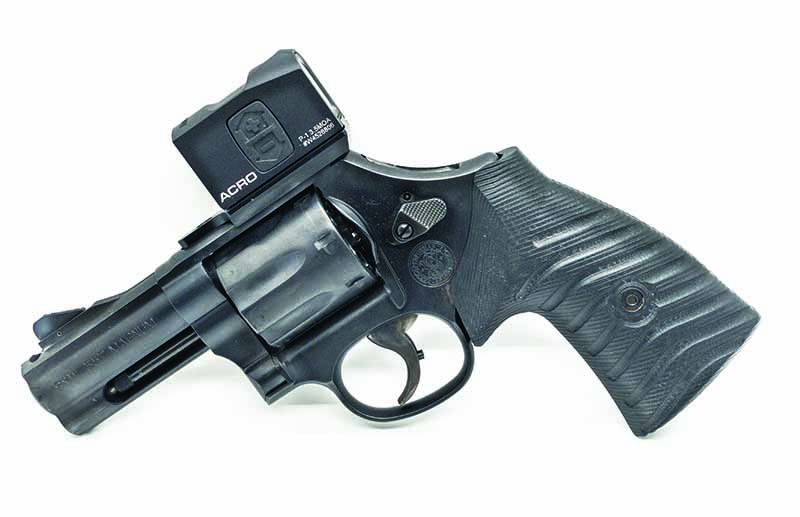

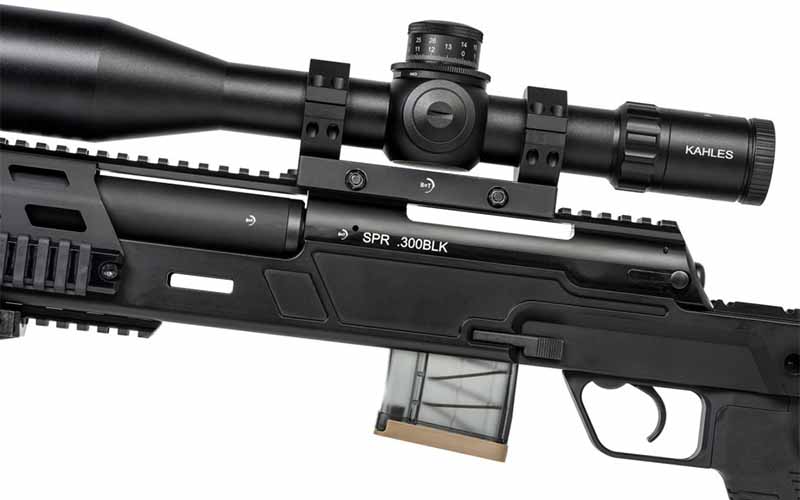
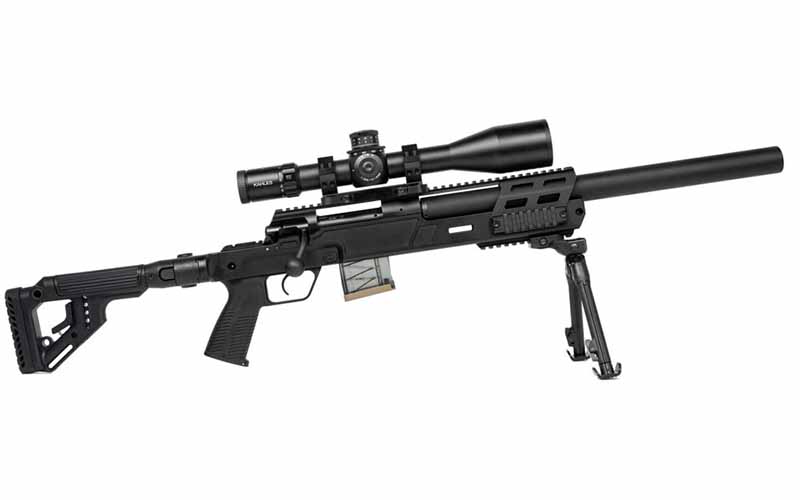
![Best Concealed Carry Guns In 2025 [Field Tested] Wilson Combat EDC X9S 1](https://gundigest.com/wp-content/uploads/Wilson-Combat-EDC-X9S-1-324x160.jpg)


![Best 9mm Carbine: Affordable PCCs [Tested] Ruger Carbine Shooting](https://gundigest.com/wp-content/uploads/Ruger-Carbine-Shooting-100x70.jpg)
![Best AR-15: Top Options Available Today [Field Tested] Harrington and Richardson PSA XM177E2 feature](https://gundigest.com/wp-content/uploads/Harrington-and-Richardson-PSA-XM177E2-feature-100x70.jpg)
